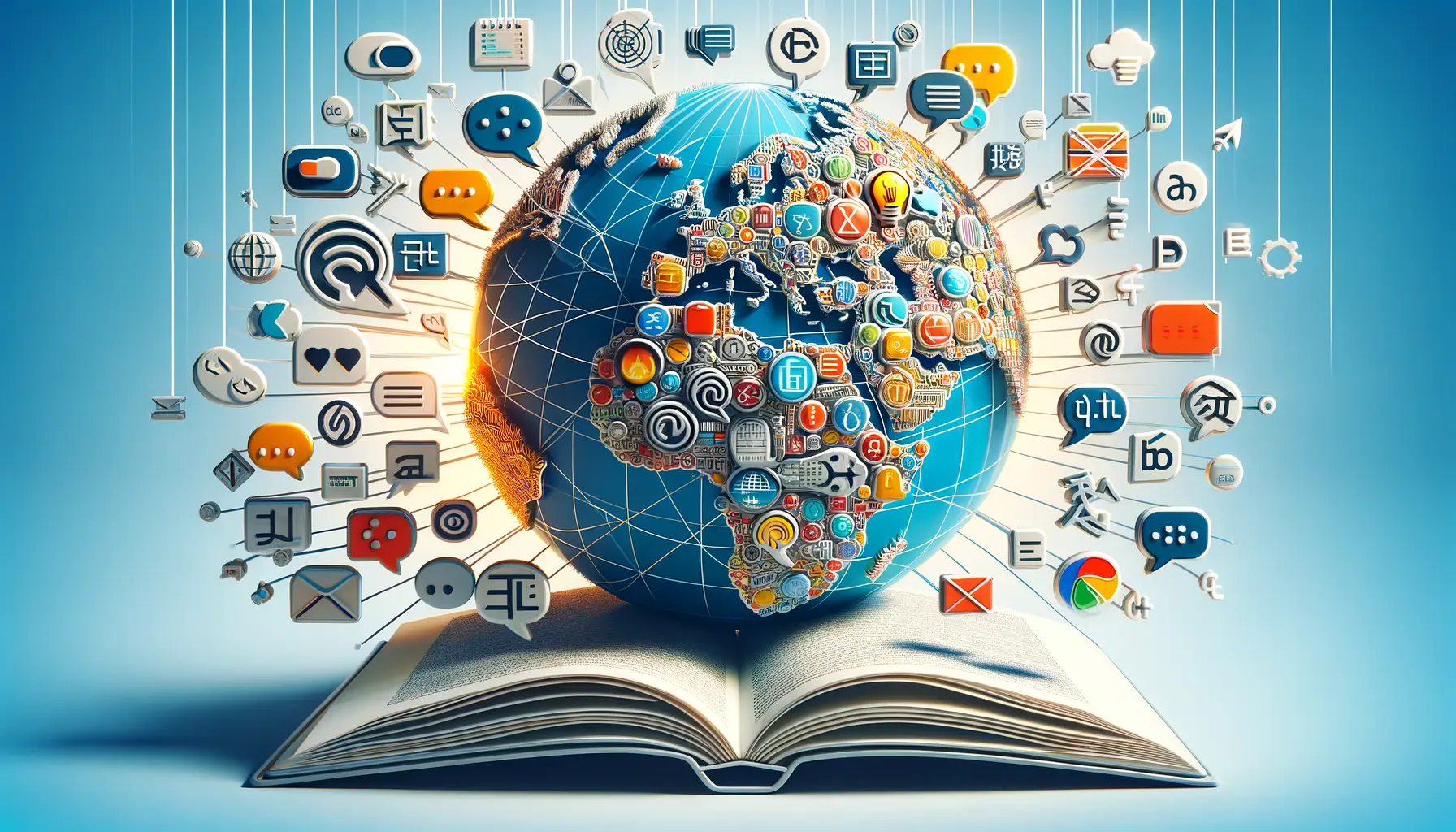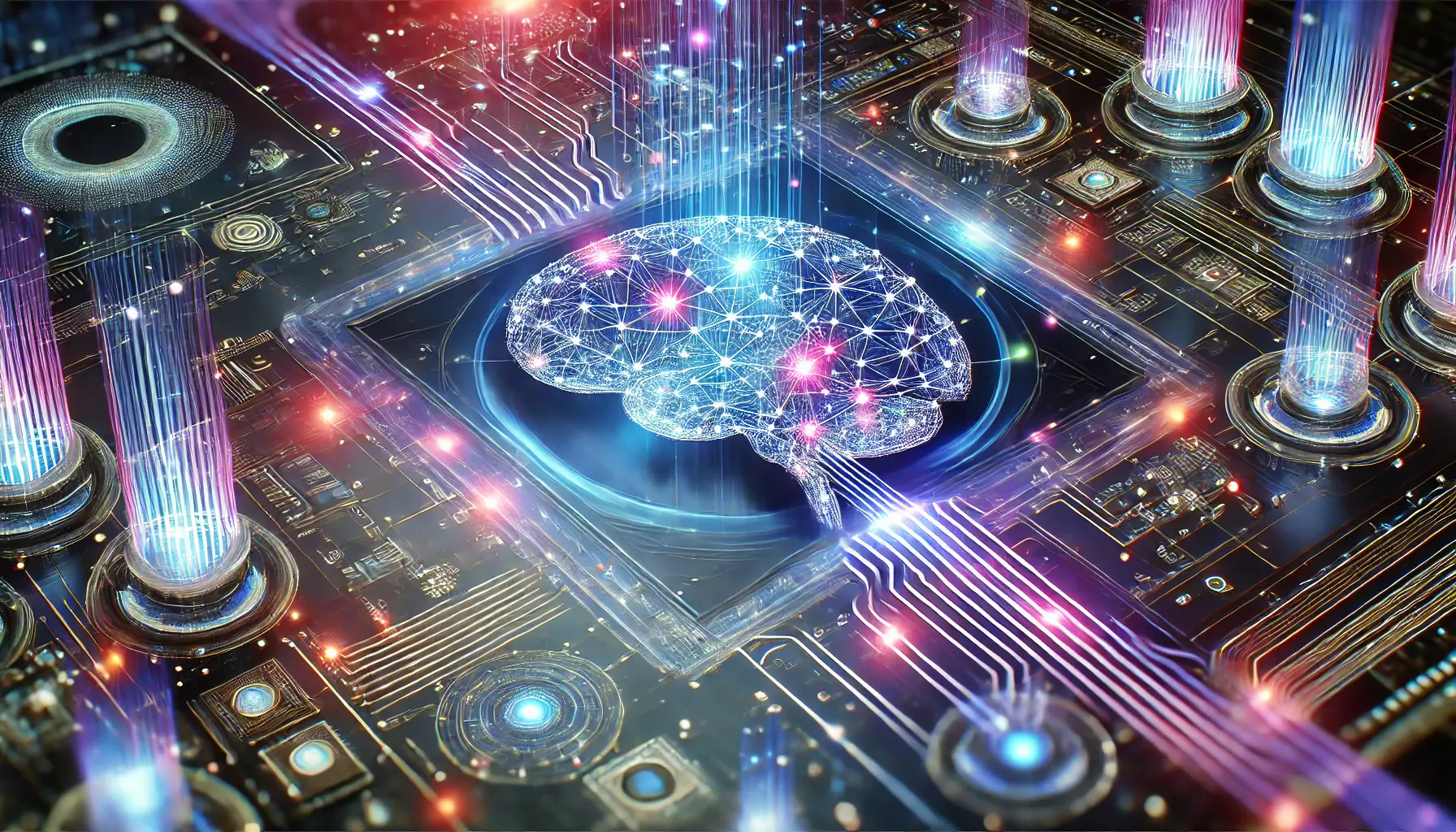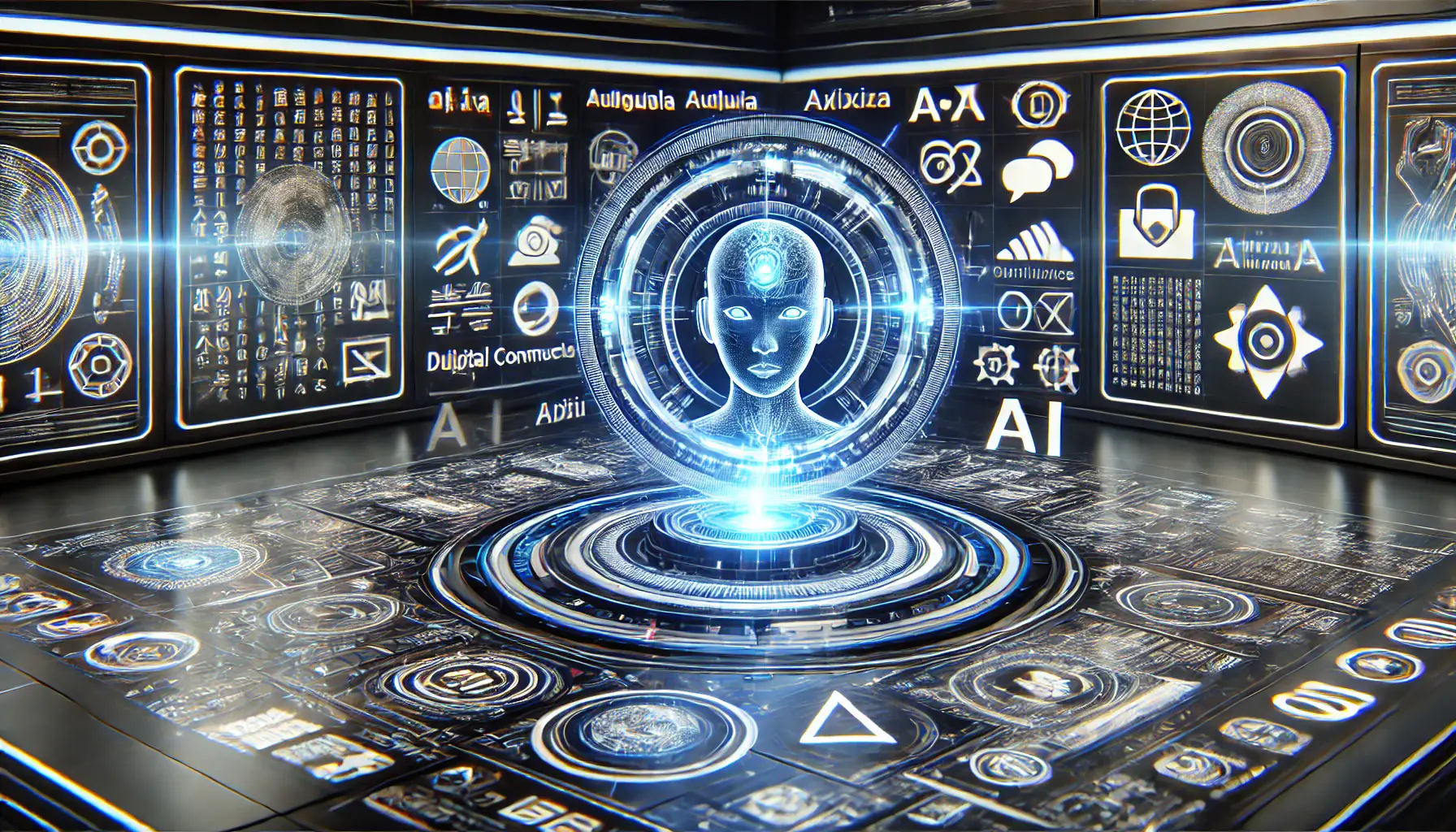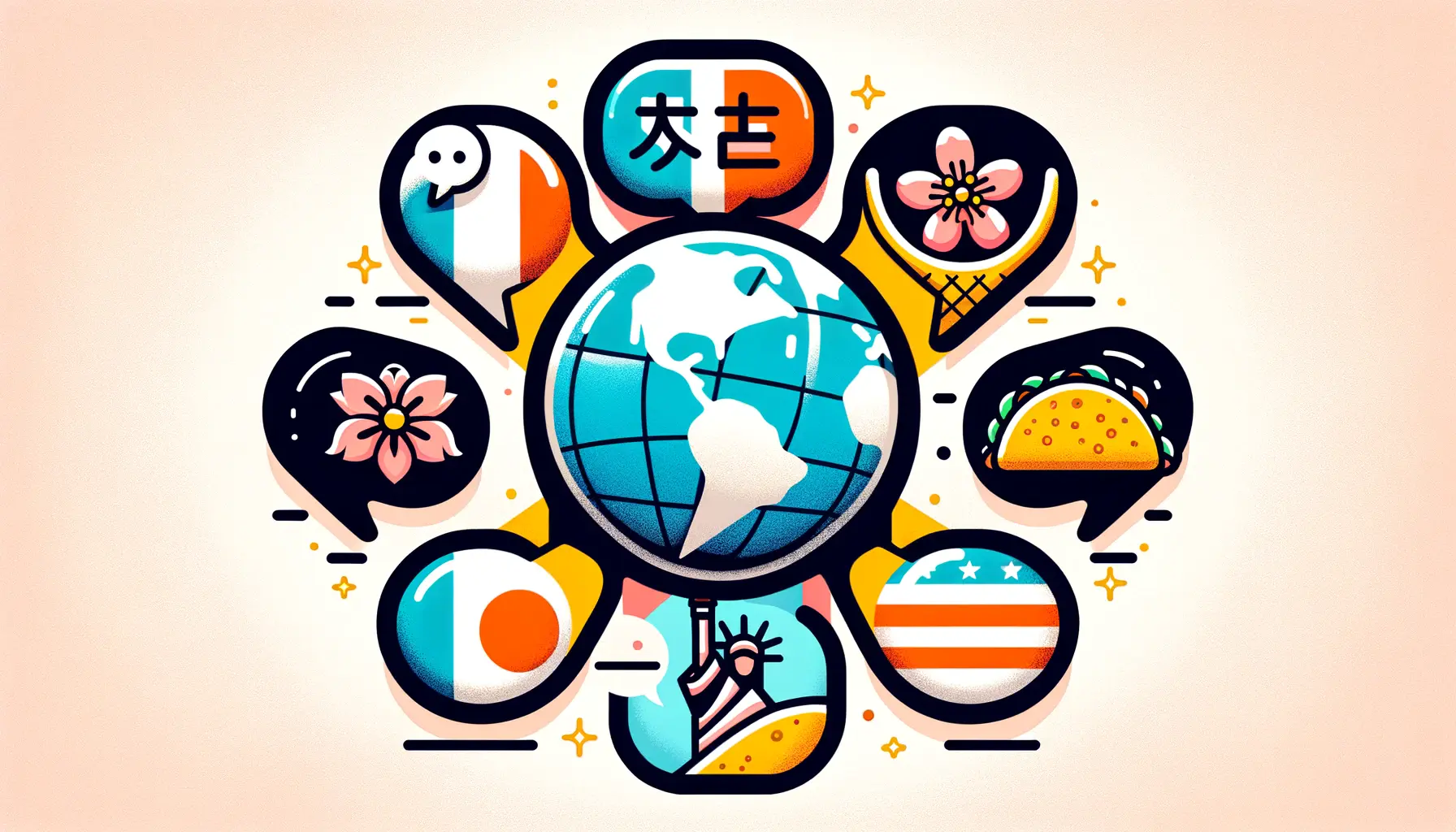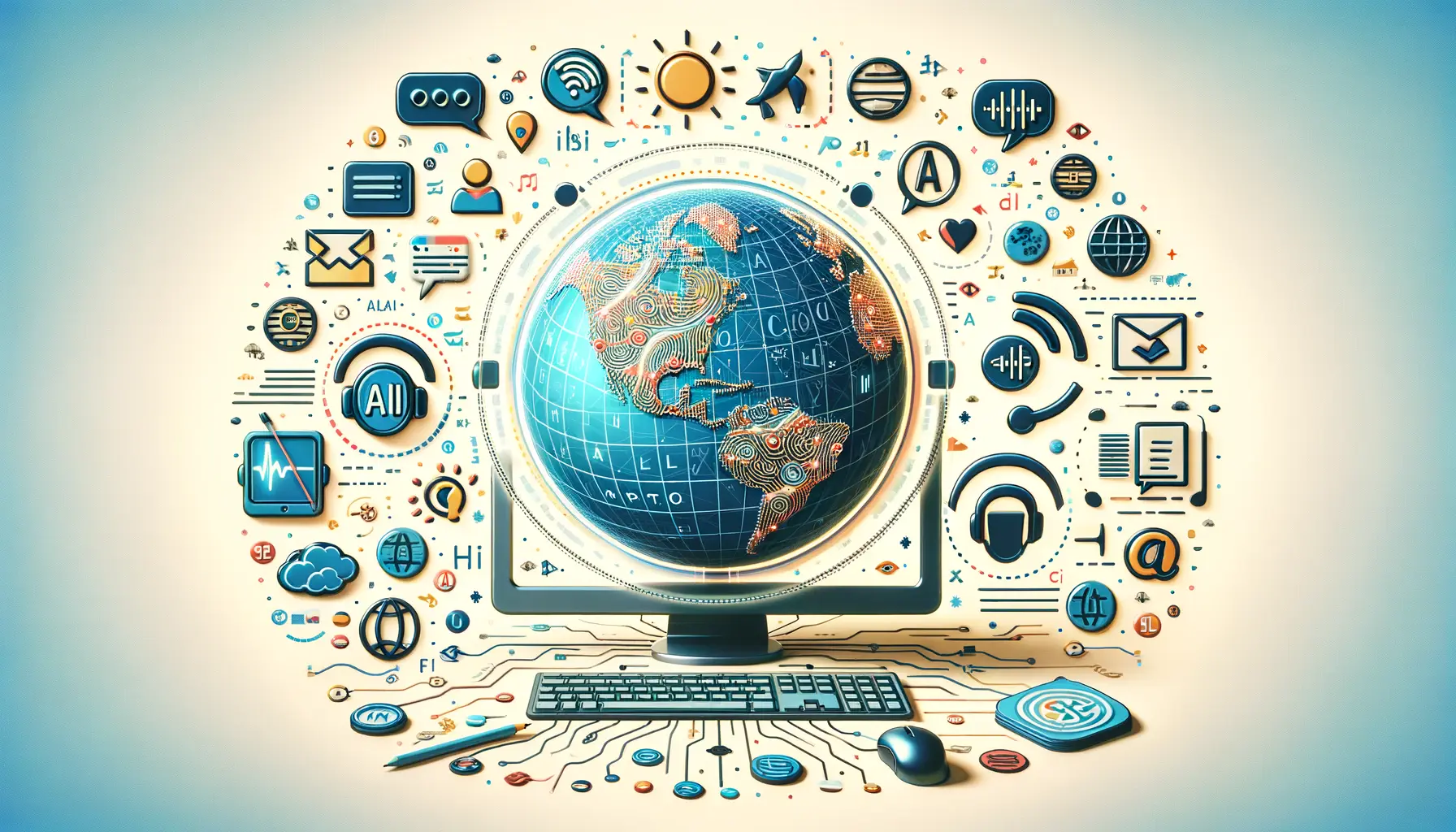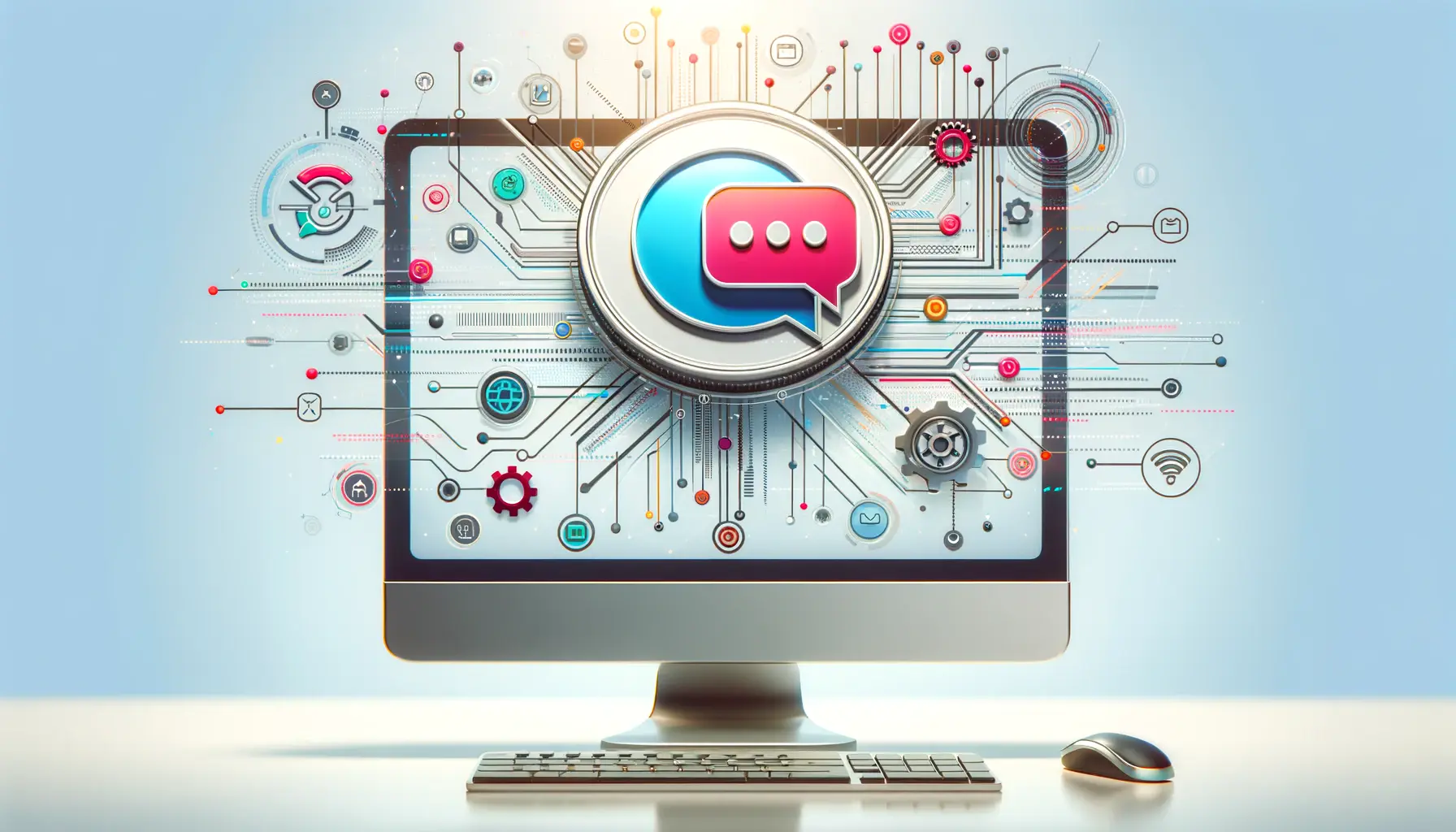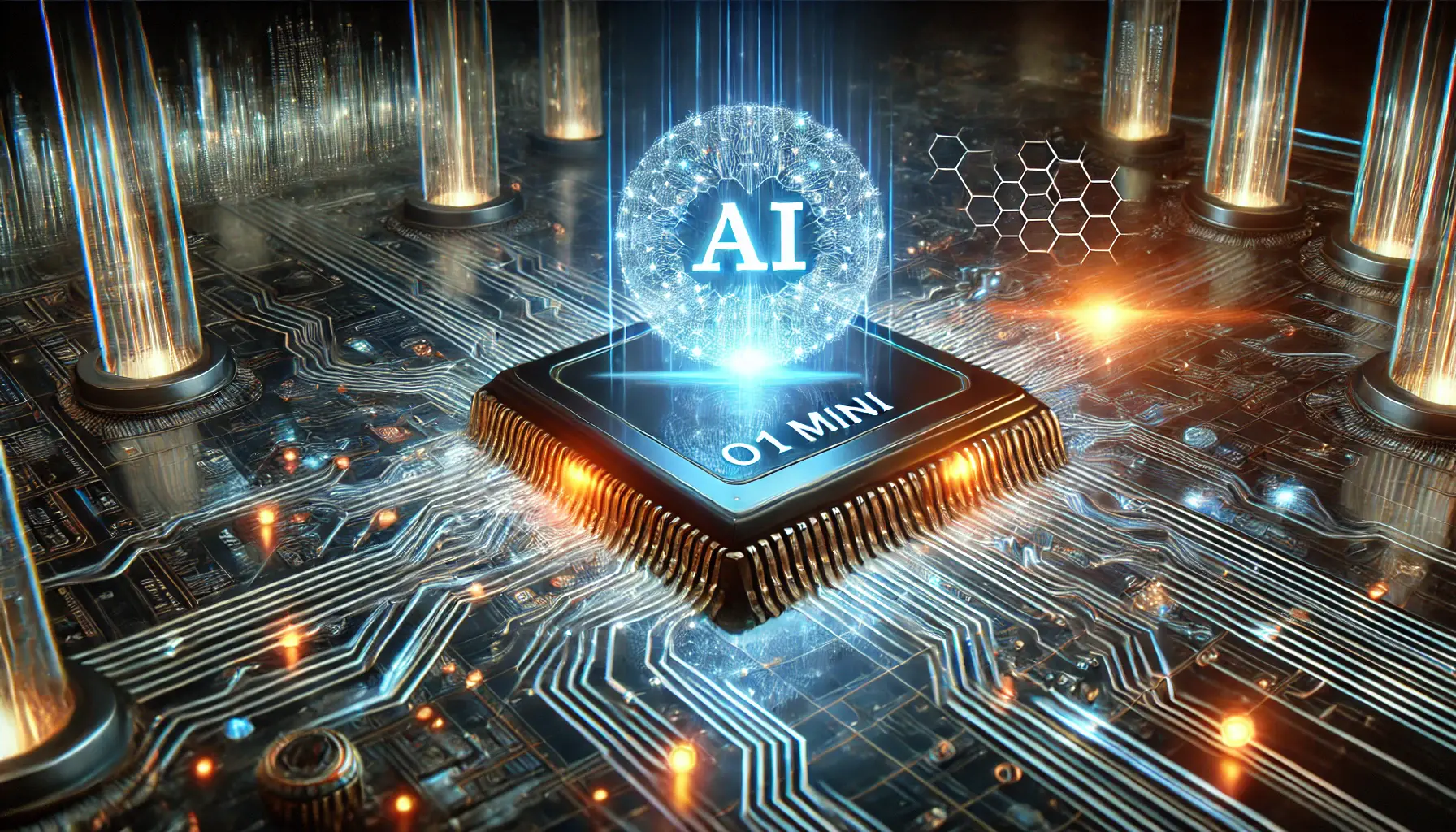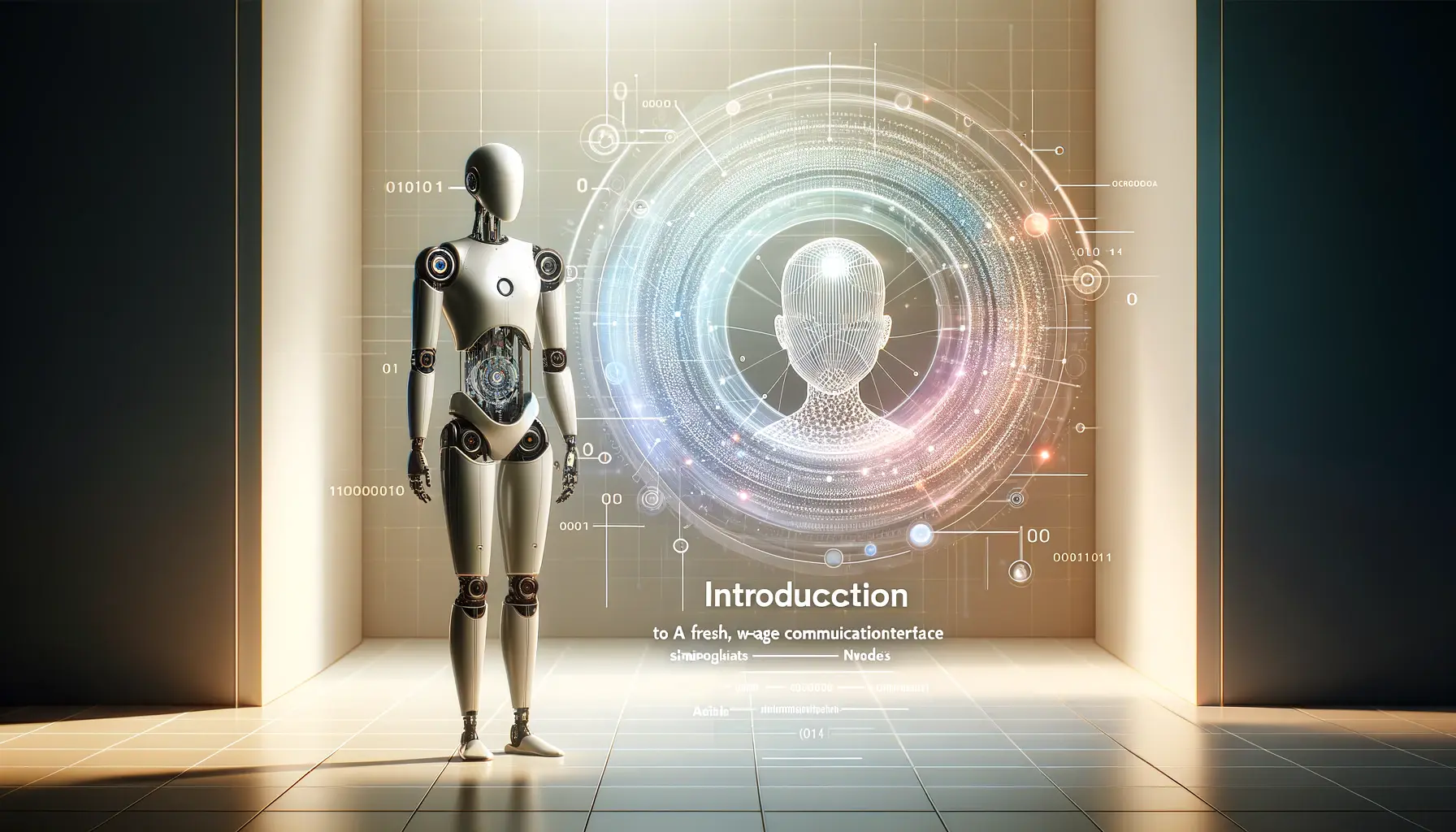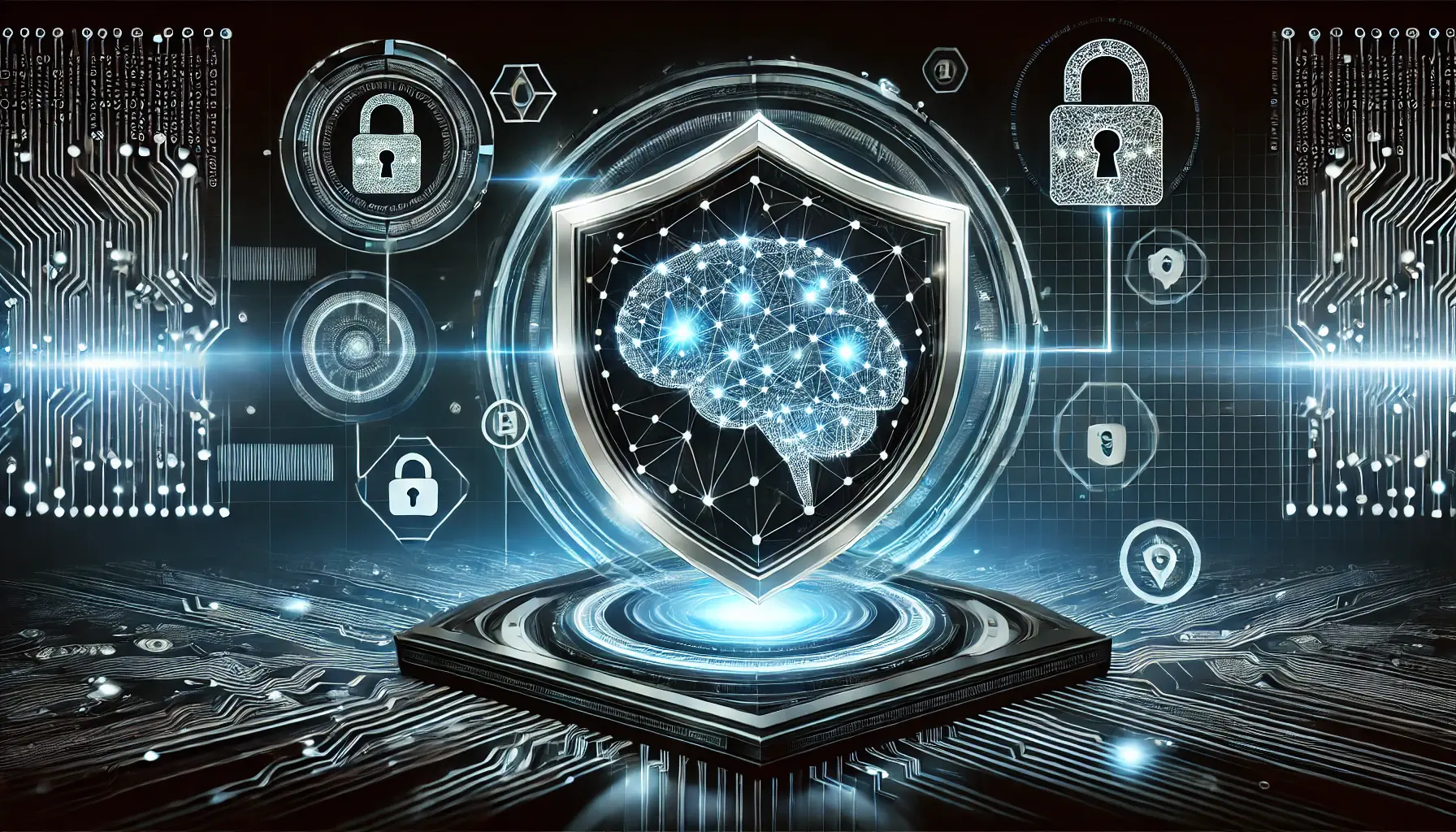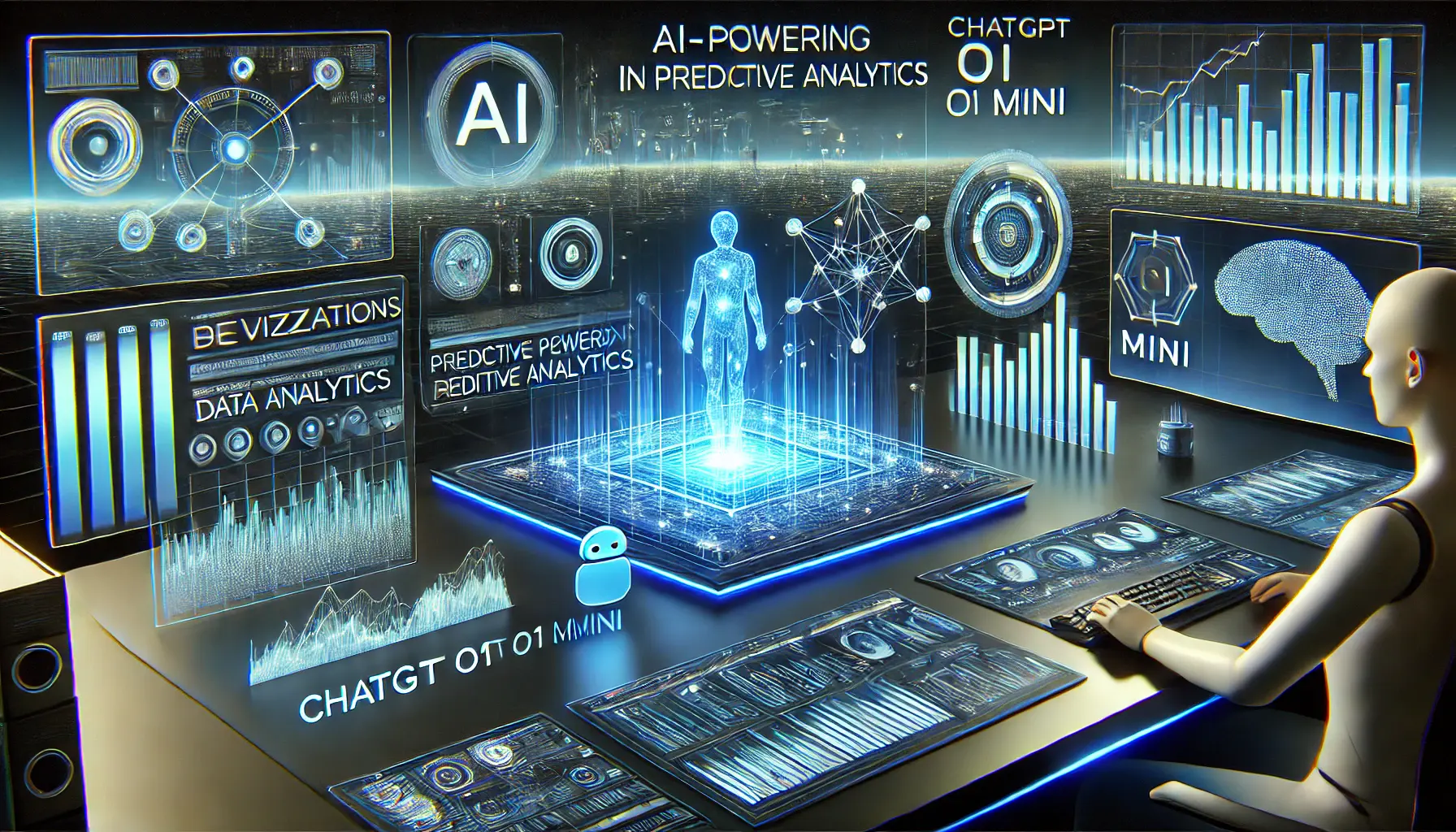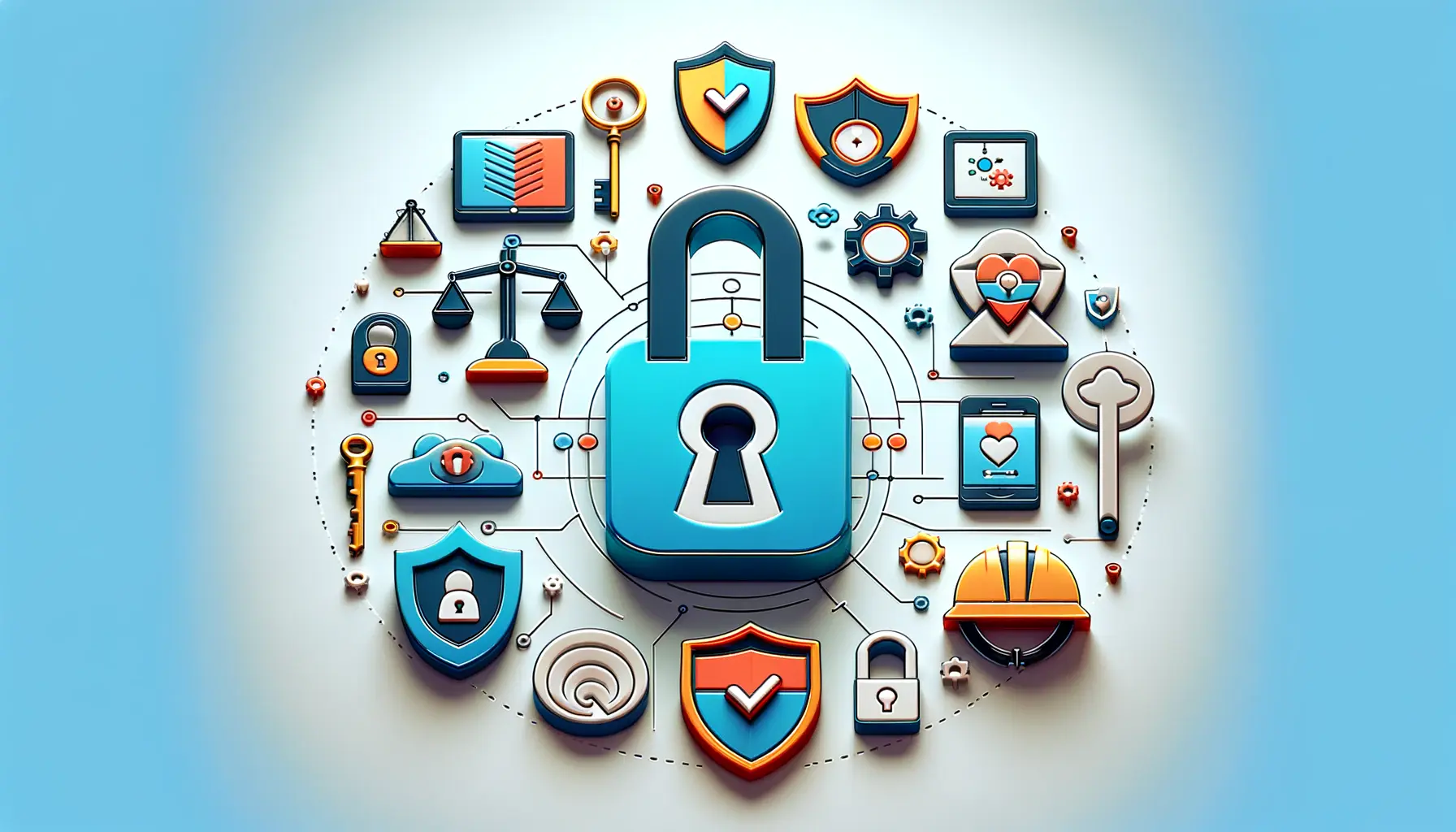As the world becomes increasingly interconnected, the need for seamless communication across different languages has never been more critical.
Enter ChatGPT 4, the latest iteration of OpenAI’s groundbreaking language model, which promises to revolutionize the way we think about translation.
This advanced AI tool is not just another step in machine learning; it’s a giant leap towards bridging language barriers, offering unparalleled accuracy and fluency in translating texts across a multitude of languages.
ChatGPT 4’s capabilities extend far beyond simple word-for-word translation.
It understands context, grasps nuances, and even captures the subtleties of tone and style, making it an invaluable asset for professionals and casual users alike.
Whether it’s for business negotiations, academic research, or personal communication, ChatGPT 4 is poised to transform the landscape of multilingual interaction, making it more inclusive and accessible than ever before.
- Understanding ChatGPT 4’s Translation Mechanism
- ChatGPT 4’s Impact on Global Communication
- Overcoming Translation Challenges with ChatGPT 4
- ChatGPT 4 and Language Learning
- Integrating ChatGPT 4 into Professional Translation Services
- Future Directions for ChatGPT 4 in Translation
- ChatGPT 4’s Role in Bridging Cultural Divides
- Conclusion: The Transformative Power of ChatGPT 4 in Translation
- FAQs on ChatGPT 4 for Translation
Understanding ChatGPT 4’s Translation Mechanism
The Foundation of ChatGPT 4’s Language Abilities
The core of ChatGPT 4’s translation prowess lies in its sophisticated understanding of language.
Built on a vast dataset encompassing a wide range of languages, dialects, and cultural contexts, ChatGPT 4 can accurately interpret and translate meaning, rather than merely swapping words.
This deep learning model has been trained on diverse linguistic structures, enabling it to navigate the complexities of language with an unprecedented level of precision.
Moreover, ChatGPT 4’s neural network architecture allows it to learn from its interactions, continuously improving its translation quality over time.
This adaptability means that ChatGPT 4 is not just translating languages; it’s evolving with them, staying up-to-date with linguistic changes and new slang, ensuring its translations remain relevant and accurate.
Breaking Down Language Barriers
One of the most significant challenges in translation is maintaining the original message’s intent, tone, and context.
ChatGPT 4 excels in this area, thanks to its ability to analyze and understand the underlying meanings and cultural nuances of texts.
This capability ensures that translations are not only accurate but also resonate with the target audience, preserving the essence of the original message.
Furthermore, ChatGPT 4’s versatility extends to a variety of formats, from formal documents to casual conversations, making it a versatile tool for any translation need.
Its ability to adapt to different styles and registers of language means that it can provide translations that are not only precise but also appropriately tailored to the context in which they will be used.
ChatGPT 4’s translation mechanism is a game-changer in breaking down language barriers, offering accuracy, nuance, and cultural sensitivity in translations across a broad spectrum of languages and contexts.
ChatGPT 4’s Impact on Global Communication
The advent of ChatGPT 4 has marked a significant milestone in the field of artificial intelligence, particularly in the realm of global communication.
Its advanced translation capabilities have not only made interactions more accessible but have also fostered a deeper understanding among diverse linguistic communities.
This section explores the profound impact of ChatGPT 4 on international dialogue, business, and education, highlighting its role in creating a more connected world.
ChatGPT 4’s translation services are revolutionizing the way businesses operate on a global scale.
By providing accurate and context-aware translations, companies can now engage with clients, partners, and employees across linguistic boundaries with unprecedented ease.
This has opened up new markets and opportunities for growth, allowing businesses to expand their reach and operate more inclusively.
Enhancing International Collaboration
- ChatGPT 4 facilitates smoother communication between international teams, enabling more effective collaboration and project management.
- It reduces the risk of miscommunication, ensuring that ideas and instructions are conveyed accurately, thus improving overall productivity.
Transforming Educational Experiences
- Students and educators worldwide can access a broader range of learning materials, thanks to ChatGPT 4’s ability to translate educational content into multiple languages.
- This technology supports language learning, offering students immersive experiences by interacting with the AI in their target language, enhancing comprehension and fluency.
The implications of ChatGPT 4’s translation capabilities extend beyond practical applications; they also promote cultural exchange and understanding.
By making information more accessible across languages, ChatGPT 4 encourages a global exchange of ideas, traditions, and knowledge.
This not only enriches individual perspectives but also fosters a greater sense of global community.
The impact of ChatGPT 4 on global communication is profound, offering tools that enhance business operations, education, and cultural understanding, thereby knitting the fabric of a more interconnected and empathetic world.
Overcoming Translation Challenges with ChatGPT 4
Translation is fraught with challenges, from literal word translations that miss the mark to cultural nuances that are hard to convey.
ChatGPT 4, with its advanced AI capabilities, addresses these issues head-on, offering solutions that were once thought to be beyond the reach of machine translation.
This section examines how ChatGPT 4 overcomes common translation hurdles, enhancing both accuracy and reliability in cross-linguistic communication.
One of the most significant challenges in translation is the accurate conveyance of cultural nuances and idiomatic expressions.
Traditional translation tools often struggle with these, leading to misunderstandings or loss of meaning.
ChatGPT 4, however, leverages its extensive training data to grasp and translate these subtleties, ensuring that translations are not just linguistically accurate but also culturally relevant.
Handling Complex Language Structures
- ChatGPT 4 excels in translating complex sentences and technical jargon, making it invaluable for professional and academic contexts.
- Its ability to understand context allows it to choose the most appropriate translation, considering the specificities of each language’s grammar and syntax.
Adapting to Linguistic Evolution
- Languages are constantly evolving, with new words and phrases emerging regularly. ChatGPT 4’s continuous learning capability ensures it stays up-to-date with these changes, providing translations that reflect current usage.
- This adaptability is crucial for translating content related to trending topics, technology, and pop culture, where accuracy and timeliness are paramount.
Another area where ChatGPT 4 shines is in its ability to maintain the tone and style of the original text.
Whether it’s a formal document, a piece of creative writing, or a casual conversation, ChatGPT 4 can adjust its translations to match the intended tone, preserving the author’s voice across languages.
This level of sensitivity is particularly important in literary translations and marketing materials, where the impact of the message can hinge on its delivery.
ChatGPT 4’s approach to overcoming translation challenges is comprehensive, addressing not just linguistic accuracy but also the subtleties of tone, style, and cultural relevance, setting a new standard for AI-driven translation services.
ChatGPT 4 and Language Learning
The role of ChatGPT 4 extends beyond mere translation; it has also emerged as a powerful tool in the realm of language learning.
By providing instant translations, contextual corrections, and interactive language practice, ChatGPT 4 is transforming how individuals acquire new languages.
This section explores the benefits and applications of ChatGPT 4 in language education, highlighting its potential to make learning more accessible and engaging.
ChatGPT 4’s interactive capabilities offer learners a unique opportunity to practice language skills in real-time.
Unlike traditional learning methods, which may not provide immediate feedback or the chance to engage in conversation, ChatGPT 4 allows users to simulate conversations, ask questions, and receive corrections instantly.
This interactive approach not only enhances learning efficiency but also boosts confidence in using the language in practical situations.
Personalized Learning Experiences
- Learners can customize their interactions with ChatGPT 4 based on their proficiency level, interests, and learning goals, making the learning process more relevant and enjoyable.
- ChatGPT 4 can identify areas of difficulty and offer targeted practice, ensuring that learners focus on improving their weaknesses.
Supplementing Traditional Language Education
- ChatGPT 4 serves as an excellent supplement to classroom learning, providing additional resources and practice opportunities outside of formal education settings.
- It can translate educational content, explain grammatical concepts, and offer examples of language use, enriching the learning material available to students.
Moreover, ChatGPT 4’s ability to support multiple languages makes it an invaluable resource for language learners worldwide.
Whether starting with a new language or looking to polish existing skills, ChatGPT 4 provides a comprehensive platform for language acquisition.
Its capacity to deliver nuanced translations helps learners understand the intricacies of the language, including idioms, colloquialisms, and cultural references, which are crucial for achieving fluency.
ChatGPT 4’s contribution to language learning is significant, offering personalized, interactive, and supplementary learning experiences that cater to the diverse needs of learners across the globe.
Integrating ChatGPT 4 into Professional Translation Services
The integration of ChatGPT 4 into professional translation services marks a pivotal shift in the industry.
This AI-driven approach not only enhances the efficiency and accuracy of translations but also redefines the role of human translators.
By leveraging ChatGPT 4, translation agencies and freelancers can tackle larger volumes of work with greater precision, meeting the growing demand for multilingual content in a globalized market.
ChatGPT 4’s advanced capabilities allow for rapid processing of texts across a wide array of fields, from legal documents to scientific research and literary works.
Its ability to understand and translate specialized terminology and jargon is particularly beneficial, ensuring that translations are not only accurate but also contextually appropriate.
This level of sophistication makes ChatGPT 4 an invaluable tool for professionals who require reliable translations in their work.
Enhancing Human Translator Efficiency
- ChatGPT 4 can be used as a first-pass translator, handling initial drafts that human translators can then refine, focusing on nuances and cultural subtleties that require a human touch.
- This collaborative approach maximizes productivity, allowing translators to manage their workload more effectively and dedicate more time to complex translation tasks.
Expanding Service Offerings
- With ChatGPT 4, translation services can expand their offerings to include more languages and specialized areas, catering to a broader client base.
- This expansion is not just about quantity but also quality, as ChatGPT 4’s precision and adaptability ensure high standards are maintained across all translations.
The integration of ChatGPT 4 into professional settings also encourages innovation in translation workflows and service delivery.
By automating routine translation tasks, agencies can allocate more resources to quality assurance, customer service, and other areas that enhance the overall value of their services.
Moreover, the use of ChatGPT 4 in professional translation underscores the importance of human expertise in interpreting and applying AI-generated translations, ensuring that the final output meets the highest standards of accuracy and cultural sensitivity.
The integration of ChatGPT 4 into professional translation services is transforming the industry, enhancing efficiency, expanding service capabilities, and fostering a synergistic relationship between AI and human expertise.
Future Directions for ChatGPT 4 in Translation
The evolution of ChatGPT 4 and its application in translation opens up new horizons for global communication and linguistic accessibility.
As technology advances, the potential for ChatGPT 4 to further revolutionize the translation industry and break down language barriers is immense.
This section explores the future directions and possibilities for ChatGPT 4 in the realm of translation, considering both technological advancements and societal impacts.
Continuous improvement in AI and machine learning algorithms promises to enhance ChatGPT 4’s translation accuracy and efficiency.
Future versions of ChatGPT may offer even more sophisticated understanding of linguistic nuances, including regional dialects and professional terminologies.
This could lead to more personalized and context-aware translations, catering to the specific needs of users across various domains.
Expanding Linguistic Coverage
- Efforts to include more languages, especially those that are underrepresented in digital platforms, will make translation services more inclusive and accessible.
- This expansion supports not only global communication but also the preservation of linguistic diversity, offering a digital lifeline to endangered languages.
Enhancing Real-time Translation
- Improvements in real-time translation capabilities could transform international meetings, conferences, and even casual conversations, making them more inclusive and efficient.
- Such advancements would facilitate instant understanding and collaboration, further shrinking the linguistic distances between cultures.
Moreover, the integration of ChatGPT 4 into wearable technology and mobile devices could provide instant translation and language assistance on-the-go, making foreign travel and cross-cultural interactions more seamless than ever.
This level of accessibility would not only benefit tourists and business professionals but also aid in emergency services and humanitarian efforts, where quick and accurate translation can be crucial.
The future of ChatGPT 4 in translation is not just about technological advancements; it’s also about the ethical considerations and the role of AI in preserving linguistic diversity and cultural heritage.
As ChatGPT 4 continues to evolve, it will be essential to balance innovation with responsibility, ensuring that translation technologies serve to unite us, respecting and celebrating the rich tapestry of global languages and cultures.
The future directions for ChatGPT 4 in translation are promising, with potential advancements in linguistic coverage, real-time translation, and mobile integration, all while emphasizing the importance of ethical considerations and cultural sensitivity.
ChatGPT 4’s Role in Bridging Cultural Divides
In the global village of the 21st century, understanding and appreciating cultural diversity is as important as overcoming language barriers.
ChatGPT 4 plays a pivotal role in this context, not just as a tool for translation but as a bridge for cultural understanding.
By facilitating communication across languages, ChatGPT 4 enables a deeper engagement with diverse cultures, promoting empathy, and mutual respect among global communities.
The ability of ChatGPT 4 to accurately translate not only words but also the cultural nuances and idiomatic expressions inherent in different languages is a testament to its advanced AI capabilities.
This precision in translation helps prevent misunderstandings that can arise from cultural differences, thereby fostering a more harmonious international dialogue.
The impact of such technology extends beyond mere communication, touching upon international relations, global business, and cross-cultural collaborations.
Promoting Global Education and Awareness
- ChatGPT 4’s translation capabilities make educational content accessible to a wider audience, breaking down the barriers to knowledge that language differences can create.
- This accessibility encourages a global exchange of ideas and knowledge, enriching education systems worldwide with diverse perspectives and insights.
Supporting International Business and Diplomacy
- By ensuring clear and accurate communication, ChatGPT 4 aids in navigating the complex landscape of international business and diplomacy, where cultural sensitivity is crucial.
- It enables businesses and governments to build stronger relationships with international partners, fostering trust and cooperation across cultural divides.
Moreover, ChatGPT 4’s contribution to cultural understanding goes beyond facilitating communication.
It acts as a tool for cultural preservation, offering a platform for sharing and translating cultural heritage and stories that might otherwise be lost in translation.
In this way, ChatGPT 4 not only bridges languages but also helps to preserve and celebrate the rich mosaic of global cultures.
As we look towards a future where technology continues to shape our interactions, the role of ChatGPT 4 in promoting cultural understanding and empathy cannot be overstated.
It stands as a beacon of the potential for AI to not only connect us across linguistic boundaries but to bring us closer together as a global community, united in our diversity.
ChatGPT 4’s role in bridging cultural divides is profound, offering not just a means to overcome language barriers but also to foster global education, support international business, and promote a deeper understanding and appreciation of cultural diversity.
Conclusion: The Transformative Power of ChatGPT 4 in Translation
The exploration of ChatGPT 4’s capabilities in translation and its broader implications for global communication, education, and cultural understanding underscores a pivotal moment in the evolution of AI-driven language services.
ChatGPT 4, with its advanced algorithms and deep learning techniques, has demonstrated an unprecedented ability to bridge language barriers, offering more than just word-for-word translation—it provides a gateway to understanding and appreciating the rich tapestry of global cultures.
Revolutionizing Global Communication
ChatGPT 4’s impact on global communication cannot be overstated.
By enabling accurate, nuanced translations across a multitude of languages, it has opened up new avenues for international dialogue and cooperation.
Businesses, educational institutions, and individuals can now engage with a broader audience, fostering a global marketplace of ideas and innovation.
The role of ChatGPT 4 in breaking down linguistic barriers extends beyond mere convenience, promoting a deeper sense of global community and interconnectedness.
Empowering Language Learners and Professionals
The implications of ChatGPT 4 for language learning and professional translation services are profound.
Language learners benefit from personalized, interactive experiences that enhance understanding and fluency, while professionals in the translation industry can leverage ChatGPT 4’s capabilities to improve efficiency and expand their service offerings.
This synergy between AI and human expertise enriches the translation process, ensuring that translations are not only accurate but also culturally and contextually relevant.
Charting the Future of Translation
As we look to the future, the potential for ChatGPT 4 to further transform the field of translation and global communication is vast.
Continued advancements in AI and machine learning promise to enhance ChatGPT 4’s linguistic capabilities, making translations even more accurate and culturally nuanced.
The expansion of linguistic coverage, especially for underrepresented languages, will make translation services more inclusive and accessible, contributing to the preservation of linguistic diversity and cultural heritage.
In conclusion, ChatGPT 4 represents a significant leap forward in the quest to overcome language barriers and foster global understanding.
Its ability to provide accurate, context-aware translations while capturing the nuances of cultural expression marks a new era in translation technology.
As we continue to harness the power of ChatGPT 4, we move closer to a world where language no longer divides us, but rather, brings us together in a shared pursuit of knowledge, collaboration, and mutual respect.
FAQs on ChatGPT 4 for Translation
Explore common questions about leveraging ChatGPT 4 for translation, offering insights into its capabilities and applications.
ChatGPT 4 introduces advanced understanding of context, nuance, and cultural subtleties, setting it apart in translation accuracy and fluency.
Yes, its deep learning algorithms excel in translating complex, technical, or nuanced texts with high accuracy.
ChatGPT 4 supports translation across a broad spectrum of languages, though exact numbers may evolve with updates.
Absolutely, it’s designed to understand and convey cultural nuances, making translations not just accurate but culturally relevant.
It offers interactive, personalized practice and instant feedback, significantly enhancing the language learning experience.
Yes, it’s adept at understanding and translating slang and idioms, thanks to its extensive training data.
Definitely, it can serve as a powerful tool for first drafts or to augment human translation, enhancing efficiency and breadth of services.
Future updates may bring even greater linguistic coverage, real-time translation improvements, and enhanced understanding of dialects and cultural contexts.
